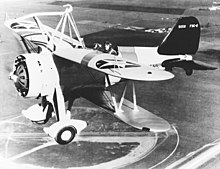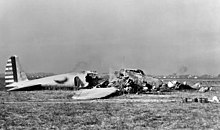This is a list of accidents and incidents involving military aircraft grouped by the year in which the accident or incident occurred. Not all of the aircraft were in operation at the time. Combat losses are not included except for a very few cases denoted by singular circumstances.

